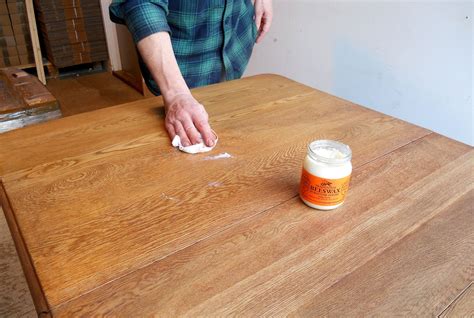Traditional Stain Repair Techniques: A Comprehensive Guide
Traditional stain removal techniques rely on understanding the nature of the stain and employing gentle yet effective methods. Unlike harsh chemical treatments, these methods prioritize preserving the integrity of the fabric or surface while achieving satisfactory stain removal. This guide explores various traditional approaches, offering insights into their application and effectiveness.
What are the Most Common Types of Stains?
Before diving into specific techniques, it's crucial to identify the type of stain you're dealing with. Different stains require different approaches. Common stain culprits include:
- Blood: A protein-based stain requiring cool water and gentle enzyme action.
- Wine: A tannin-based stain that needs prompt attention and potentially a combination of treatments.
- Coffee/Tea: Tannin-based stains similar to wine, often requiring multiple cleaning steps.
- Grass: A chlorophyll-based stain that may benefit from soaking and specialized stain removers.
- Ink: A complex stain depending on the type of ink, requiring specific solvents or absorbents.
- Grease/Oil: A lipid-based stain requiring the disruption of the fat molecules.
How Do I Treat a Blood Stain Using Traditional Methods?
Treating blood stains traditionally involves using cool water and gentle agitation. Avoid hot water, as it sets the stain. Start by rinsing the stained area with cool running water from the back of the fabric to flush out the blood. Then, gently rub a mild detergent into the stain, letting it sit for a few minutes before rinsing again. For stubborn stains, a paste of baking soda and water can be applied to absorb the stain before washing.
How Do I Remove Grease Stains Using Traditional Methods?
Grease and oil stains can be effectively tackled using absorbent materials and gentle cleaning agents. The key is to absorb the oil before it sets. Start by blotting the excess grease with a clean cloth or paper towel. Avoid rubbing, which spreads the stain. Next, apply a mild dish soap or laundry detergent directly to the stain, gently working it in. You can also use a paste of cornstarch or baking soda to absorb the remaining oil. Allow the paste to sit for several hours or overnight before brushing it away and laundering the item.
What are Some Traditional Methods for Removing Ink Stains?
Ink stains present a unique challenge due to their varying compositions. Traditional methods often involve using absorbent materials and gentle solvents. Start by blotting the excess ink with a clean cloth. For ballpoint pen ink, rubbing alcohol can be effective. Apply it gently to the stain with a cotton swab, blotting frequently to absorb the ink. For other types of ink, milk or lemon juice may help. Apply the chosen solvent sparingly and test it in an inconspicuous area first.
Are There Any Traditional Methods for Removing Wine Stains?
Wine stains, particularly red wine, are notoriously difficult to remove. Time is of the essence; the faster you treat the stain, the better. Immediately blot up as much wine as possible with a clean cloth. Avoid rubbing. Then, apply a mixture of equal parts white vinegar and water to the stain. Allow it to sit for a few minutes before blotting again. Salt can also be sprinkled on the stain to absorb the wine before rinsing.
What are Some Traditional Stain Removal Tips?
Here are a few general tips for success:
- Act quickly: The quicker you address a stain, the easier it will be to remove.
- Test any treatment in an inconspicuous area: This ensures it won't damage the fabric.
- Blot, don't rub: Rubbing spreads the stain and can damage the fibers.
- Rinse thoroughly: After applying any treatment, rinse the area thoroughly with water.
- Air dry: Allow the item to air dry completely before washing or ironing.
Traditional stain removal techniques offer a gentle yet effective way to tackle various stains. By understanding the nature of the stain and employing the right methods, you can preserve your fabrics and surfaces while achieving excellent results. Remember that patience and persistence are key to success. Always test your chosen method in an inconspicuous area first to avoid any damage to the item.

